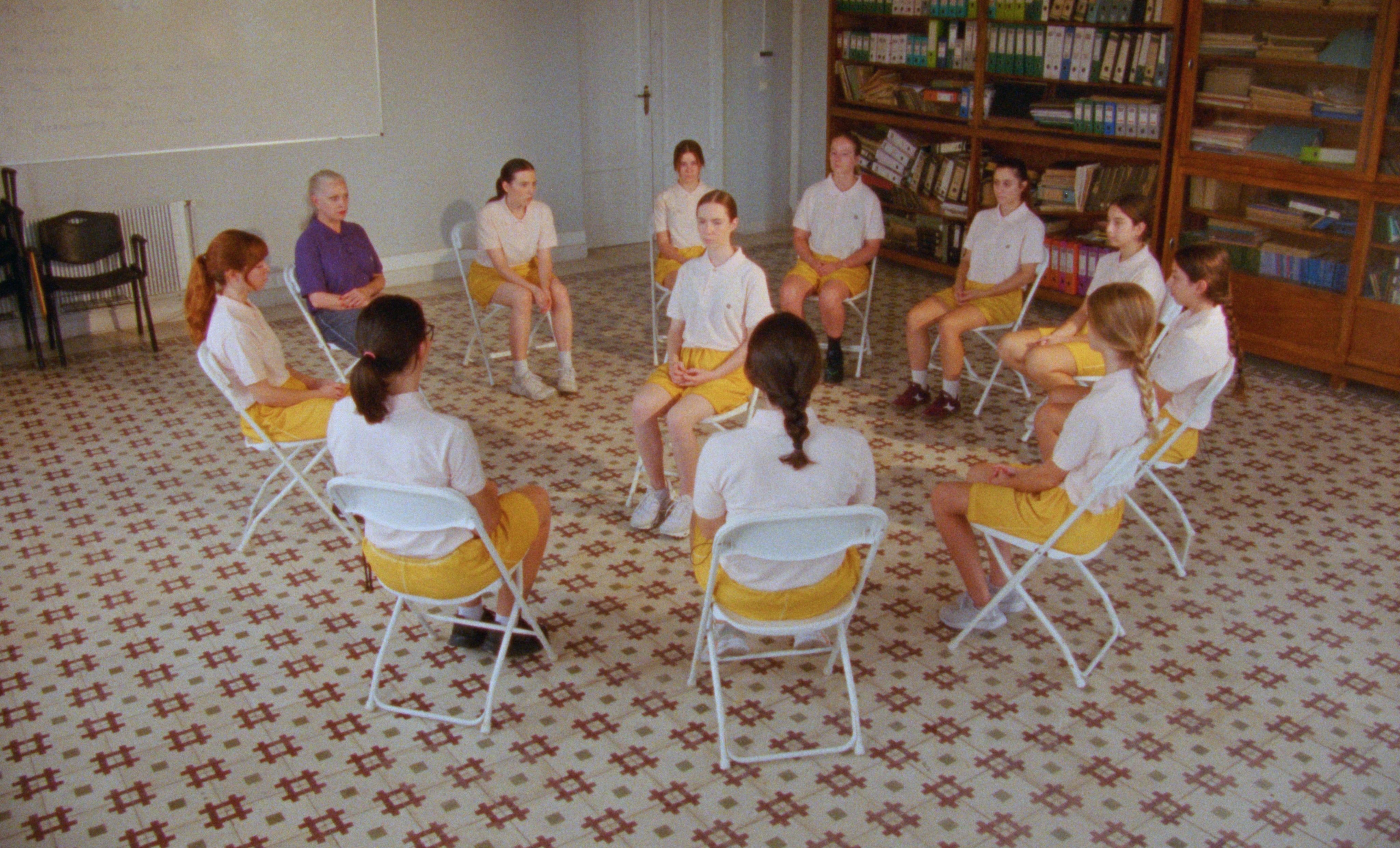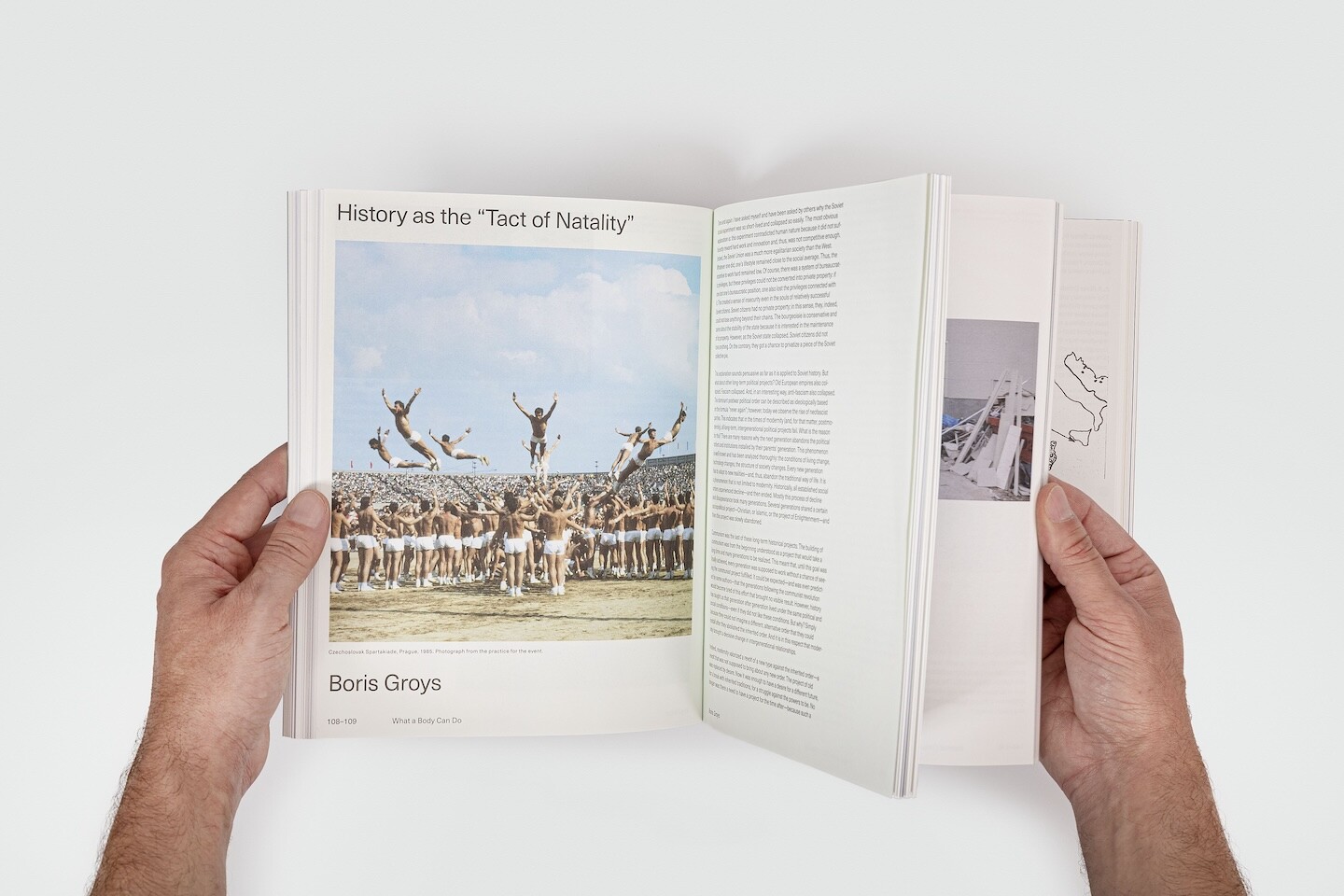Dear friends,
e-flux journal continues our new series of “readers”—thematic collections of essays from the journal’s past issues, unveiled weekly. This week’s reader is on the theme of borders.
While this week’s reader was put together by Mike Andrews from our editorial team, we are also issuing readers put together by you, our audience—such as last week’s reader on closeness. We invite you to peruse the e-flux journal archive and send your suggestions for readers to reader@e-flux.com. Ideally, your suggested reader will include a title, a short abstract (100 words), and links to 8–9 e-flux journal texts.
—Editors
Reader #3: Borders
The virus has made a mockery of national borders, while simultaneously reinforcing them. It has circulated freely from country to country, even as governments have closed their borders to the circulation of people, leaving many migrants, travelers, and expats stranded in a terrifying limbo. Covid-19 fortifies not only the borders between countries, but also the borders within them—the borders dividing rich from poor, old from young, sick from well. The texts below from the e-flux journal archive ruminate on the violence and contradictions of borders—the metaphorical kind, and the all-too-concrete. At the same time, they hold out hope for a kind of borderless cosmopolitanism—one where culture, ideas, and bodies flow freely and without fear.
Elizabeth A. Povinelli—Horizons and Frontiers, Late Liberal Territoriality, and Toxic Habitats
Issue #90—“Trade Markings,” guest-edited by Vivian Ziherl—April 2018
Even a secure border between rulers is a notional frontier not only because, no matter how precise the demarcation, some material space must hold the demarcating difference between here and there and between them and us, but also because a border and frontier are effects and affects of a specific political theology—a belief that absorbed the realm of the divine into the function of the lawful border. A worldwide territorial order had a heavenly seal, a spirit of justice with its own centers, peripheries, and frontiers. Thus Haiti could be within France, and yet where the application of the rights of man were concerned, it was a frontier. The sovereign law decides what is border and what is frontier, when one becomes the other, when the energies accumulating in the space where two bodies are pressing against each other should be bracketed or liberated so once again opposing forces and reactions can be set in motion. There is no left or right to this model. There is only this position against that—your space and time against mine.
Hito Steyerl—Duty-Free Art
Issue #63—March 2015
This is the mother of all freeport art storage spaces: Geneva freeport, a tax-free zone in Geneva that includes parts of an old freight station and an industrial storage building. The free-trade zone takes up the backyard and the fourth floor of the old storage building, so that different jurisdictions run through one and the same building, as the other floors are set outside the freeport zone. A new art storage space was opened last year. Up until only a few years ago, the freeport wasn’t even officially considered part of Switzerland. This building is rumored to house thousands of Picassos, but no one knows an exact number since documentation is rather opaque. There is little doubt though that its contents could compete with any very large museum.
Jonas Staal—To Make a World, Part I: Ultranationalism and the Art of the Stateless State
Issue #57—“The End of the End of History? Issue Two”—September 2014
The ultimate outcome of ultranationalism is the disappearance of the state altogether, and its replacement by power structures that do not recognize any form of democratic control by the very people these structures affect. Nor do these structures restrict themselves to what used to be known as national borders. This reality of globalism after the annihilation of the nation-state forms a dark and perverted version of that other dream of decentralized powers that reaches beyond the nation-state: the progressive project of stateless internationalism.
iLiana Fokianaki—Narcissistic Authoritarian Statism, Part 2: Slow/Fast Violence
Issue #107—March 2020
In my native Greece, the newly elected far-right government has unleashed an extremely violent crackdown on demonstrations, and has sought to destroy all solidarity structures that host refugees. There have been graphic moments of violence such as police officers stripping protesters naked and sexually harassing them—captured in harrowing videos that have gone viral on social media. Since the end of February, when Turkey opened its border to allow refugees to leave the country, Greek police have launched aggressive pushbacks against newly arriving refugees. As I write these lines, two refugees have died after being shot down by border police, while many are endangered in boats that are attacked at sea by the coast guard. The fast forms of violence these governments employ go hand in hand with slow violence.
María Iñigo Clavo—Modernity vs. Epistemodiversity
Issue #73—May 2016
Art has always been able to gather critical tools of action from different contexts of knowledge in order to intervene in institutions, politics, and social problems. This makes it a privileged place to find new strategies for empistemodiversity. At the same time, art has always maintained a strict border between itself and popular culture, to ensure that art is on the same level as the Western sciences. What if this border disappeared? How do we construct a new language that uses popular knowledge not as a theme for contemporary art, but as a spark for creating new regimes of representation and new structures of thought? How can contemporary art contribute to the learning of epistemodiversity?
Metahaven—Captives of the Cloud, Part III: All Tomorrow’s Clouds
Issue #50—December 2013
The possibility for a network—centralized, decentralized, or distributed—to override jurisdiction and state power is a foundational dream of the internet, as well as a perpetual mirage shaped and inspired by science fiction. What was once thought to be “the internet”—a deterritorialized space amongst a world of nation-states—is known today to be incredibly saturated with the spatial implications of borders, jurisdictions, and sovereignty. New approaches to guaranteeing internet freedoms are increasingly becoming premised on literally eluding these spatial implications of a (perhaps always) reterritorialized internet.
Raqs Media Collective—Now and Elsewhere
Issue #12—“What is Contemporary Art? Issue Two”—January 2010
Kowloon Walled City and its disappearance from the urban fabric of Hong Kong can be read as a parable of contemporary amnesia. The Walled City was once a diplomatic anomaly between China and the British Empire that functioned as a long-standing autonomous zone, a site of temporary near-permanence, an exclave within an enclave. Kowloon Walled City is not just a border in space; it also marks a border in time—a temporary suspension of linear time by which the visitor agrees to the terms of a compact laid out by the current shape of the territory, a walled compound where a delicate game between memory and amnesia can be played out, apparently till eternity. This is the frontier where reality begins to cross over into an image.
Gregg Bordowitz—Eclipse
Issue #22—“Idiot Wind,” guest-edited by Paul Chan and Sven Lütticken—January 2011
I’m trying to get beyond this crisis
To make some sense of my fractured order
With words find meaningful ways to exist
Be all elements, earth fire air water










